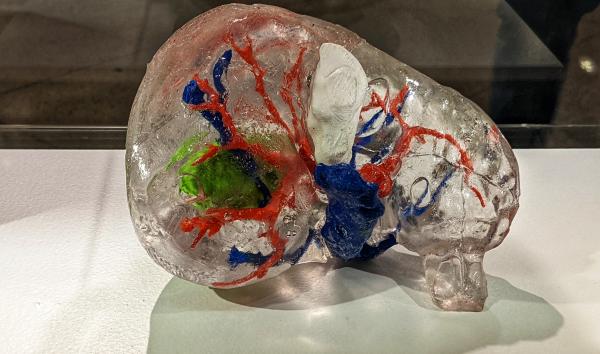
3D Printing in Healthcare
Written in partnership with The Jefferson Health Design Lab.
3D printing has become a hot topic over the last two years as rapid manufacturing has addressed some of the supply shortages experienced during the COVID-19 pandemic. However, there is more room for 3D printing in healthcare beyond masks, face shields, and ventilator parts.

Ready? Set? Go for the Gold!
As we marvel at the incredible athletes at the Winter Olympics, it’s always fascinating to look at the science and technology behind their performances. For me, my interest in the techniques of winter sports ironically started with a computer game—the Winter Games sports simulation that I played as a kid (back in the 1980s on my family’s Apple IIe computer!).

Happy Winter Solstice!
For this second week of December, the northern half of the planet experiences its earliest sunsets for the year. We’re used to the Winter Solstice - December 21 - being thought of as the “shortest day of the year” but it’s just one of a trio of days that work together to set the astronomical framework for the winter season.

Learning About the Omicron Variant
The World Health Organization declared the omicron variant of the coronavirus to be a “variant of concern” last week. Since then, it seems like the only thing we know is that there’s a lot we don’t know! So let’s talk about all the science that’s going on right now that will help answer some of these questions.
Discovering variants
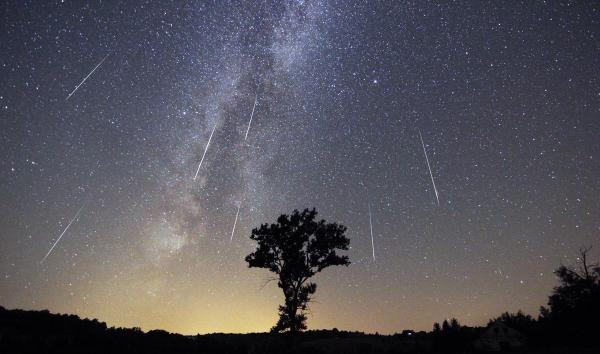
What is the Perseid Meteor Shower?
Meteors are sand-grained-sized particles typically “melted” out of the icy nucleus of a comet as it passes near the sun during its orbit around the solar system. The meteors are usually distributed along the orbital path of the comet and fall into the Earth’s atmosphere when the Earth passes through the comet’s path. The comet associated with the Perseids is Comet Swift-Tuttle, first identified in 1862. It has an orbital period of about 120 years and was last seen in 1995.
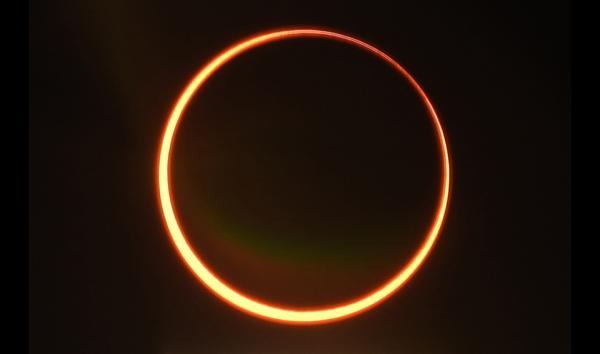
How to See the June 10 Ring Solar Eclipse
Don’t miss the unusual "ring" solar eclipse, this Thursday morning, June 10. Solar eclipses occur when the moon lines up directly between the Earth and the Sun. For Thursday’s eclipse, the moon is a bit farther from the Earth, appears a bit smaller than usual, and doesn’t completely cover the sun. the result? A ring of sunlight around the moon’s silhouette! The full ring eclipse is visible across northeastern Canada and the Arctic regions. For viewers elsewhere, it’s a partial eclipse.
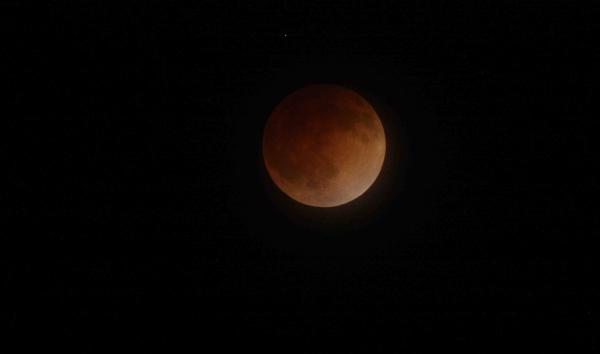
Lunar Eclipse: What to Expect
This Wednesday, the full moon takes a 6-hour slide through the Earth’s shadow starting at 4:47 am ET. Even though it is a total lunar eclipse, observers on the East Coast of the U.S. will see vanishingly little because the moon sets in the west just before any color begins to show. The brightening pre-dawn sky will also dilute any trace of color. Observers farther west will see more of the eclipse before sunrise; those farther east will see just the brilliant full moon. This time, the most uninhabited stretch of the planet, the Pacific Ocean, gets the front row seats for the event.
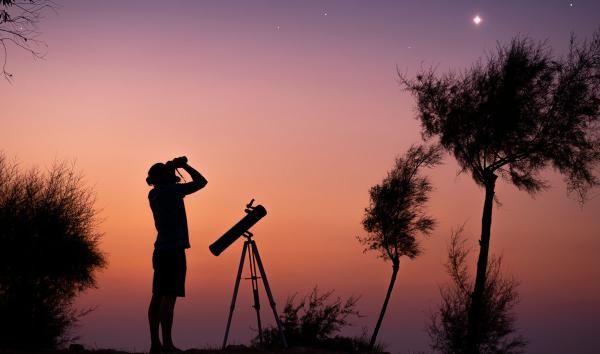
What is Vernal Equinox?
The last few weeks of winter always seem to drag on for months. Unsettled weather alternates between tantalizing hints of warmth and throwbacks to December. Thankfully, the Earth continues its orbital motion around the Sun, insuring our return to spring. This year, the first day of spring, the Vernal Equinox, occurs on March 20th at 11:33 am in the Northern Hemisphere.

A Pandemic Hero of the Past
Image: Portrait of Lady Mary Wortley Montague, 1716, Charles Jervas, National Gallery of Ireland

Celebrating Women's History in STEM
For more than a century, March has been a time to celebrate women’s contributions to historic and current society, as well as to highlight and protest continuing inequality around the world. International Women’s Day, March 8, dates back to the establishment of women’s suffrage in Russia. Here in the United States, Congress authorized the proclamation of Women’s History Week in 1981, and in 1987, the entire month of March was formally designed Women’s History Month.

Pushing Exercise to the Limit
Getting more exercise, maintaining a healthier diet, and losing weight are—along with saving money—the most common New Year’s resolutions
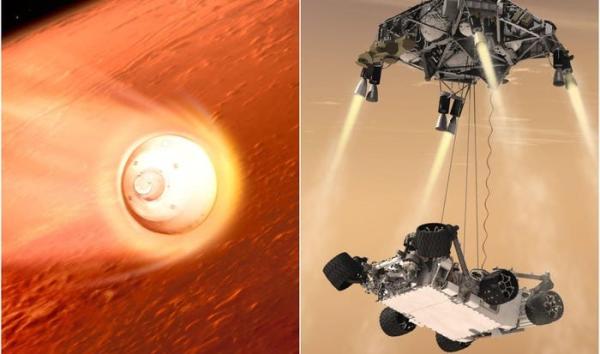
Who’s Next on Mars? Perseverance!
Left: Perseverance spacecraft entering the Martian atmosphere.
Right: Perseverance being lowered to the surface from 20m height.
Images curtesy of NASA
The latest addition to the suite of roving robotic laboratories exploring Mars arrives this afternoon. As big as a BMW coupe, the rover named ‘Perseverance’ screams through the Martian atmosphere at a blistering 13,000 mph around 3:30p EDT, still encased in its trans-Martian cruise shells. This is where the excitement begins after 7 months of quiet flight from Earth.

Celebrate Black History Month with The Franklin Institute!
“The experiences, struggles, and achievements of Black innovators in all areas of STEM are infinite,” said Darryl Williams, Ph.D., Senior Vice President of Science and Education at The Franklin Institute. “During Black History Month and every month, it’s critical to highlight the leaders who are creating positive change in their area of expertise and within their communities, inspiring the next generation to add to this legacy of advancement.”
To see the world in a grain of sand
Step into the Franklin Institute’s Now/Next exhibit and you’ll be immersed in the world of artificial intelligence (AI). Explore facial recognition, machine learning, robotics, and… a sand table?
At first glance, the humble sand table seems out of place in such a futuristic, tech-heavy space. But upon further inspection its accompanying story is revealed, one which underscores the power AI can have in helping humanity solve some of its most pressing problems.
Celebrate Love with a Cup of Tea!
Our Curatorial Staff agree, Franklin's Tea Set (FI Catalog # 4001) is a favorite, not only for its beauty, but for its story.
This porcelain tea set includes six cups and saucers, which fit perfectly into the velvet lined sections of a wooden box. Hand-painted gilded leaves and flower clusters circle the pottery, and the handles of the cups resemble two curved stems with leaves.
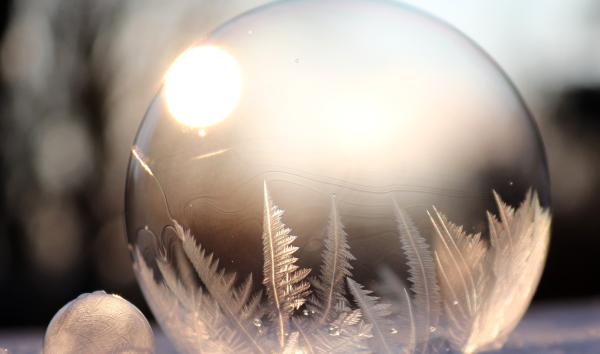
Cool Ways to Survive the Cold
As winter sets in and the temperature starts to drop here in Philadelphia, I fall back on my favorite strategies for coping with the cold: hot cocoa and my favorite warm coat. Out in nature, however, animals have a range of biological strategies that help them survive in cold temperatures. Take hibernation, for instance. Many mammals survive the winter by finding shelter, slowing down their metabolism, and draw on energy reserves or stored food to survive the winter. Across animals, we can look at their DNA to find fascinating stories of how different survival techniques have evolved.

December’s Winter Solstice and the Saturn/Jupiter Conjunction
Two celestial events will occur today. The first one happens every year around this date while the second only happens every few hundred years!
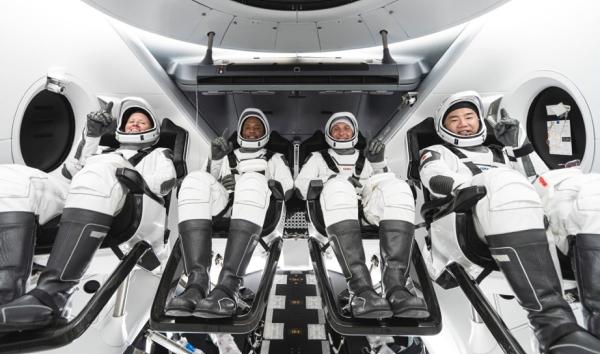
First Crew Dragon ISS Exchange Mission
From L to R: NASA astronauts Shannon Walker, Victor Glover, and Mike Hopkins join Japanese Space Agency astronaut Soichi Noguchi on the ride up to Space Station. Image: NASA
The first crew rotation at International Space Station to employ a SpaceX Dragon Crew Capsule launches November 14 at 7:49pm ET from NASA’s Kennedy Space Center in Florida. The four will join the Expedition 64 crew already aboard ISS, forming Expedition 64/65.

Your Mask Questions, Answered
Face masks are an important part of public health strategies to keep COVID-19 in check. A mask helps to protect you from getting infected. It helps to keep you from infecting others. By masking up together, we slow the spread of the virus in our communities.
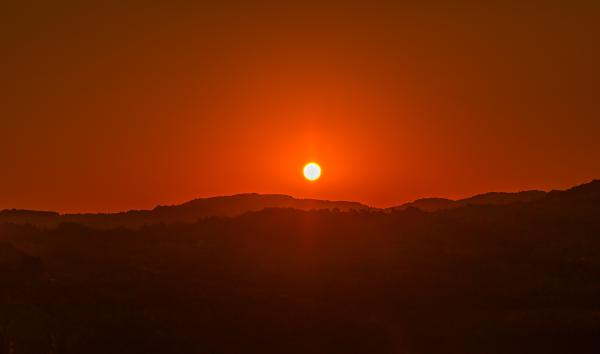
Summer Solstice: The Long (and Short!) of It
Gather ye rosebuds while ye may
Old time is still a-flying;
And this same flower that smiles today,
Tomorrow will be dying…“To the Virgins, to Make Much of Time”, Robert Herrick, 1648

How Does Weather Affect a Rocket Launch?
When the big day arrives, everyone on the launch team has carefully checked every aspect of the equipment to make sure everything will work according to plan. The astronauts have been trained to their peak of preparedness, and the area of launch and the flight path have been cleared of all traffic. The team built a plan to control every aspect of the event except – the weather.
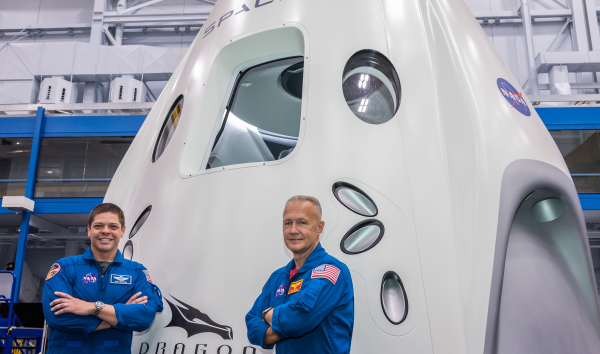
The Crewed SpaceX Demo-2 Mission
On May 30, NASA and the commercial rocket company SpaceX will launch the first crewed mission to International Space Station (ISS) from America since 2011. If successful, the SpaceX Demo-2 mission will open the doors on a new era of space exploration.

Keep Calm, and Let Your Immune System Carry on!
How many times in the past month have you opened an email or clicked on a headline, only to encounter the following phase, “these are stressful times” – or perhaps it was, “these are unprecedented and stressful times”? The COVID-19 pandemic has thrown so many of our financial, professional, and personal lives for a loop. But, did you know that added stress can also put your physical health at risk? To understand how, let’s think about how our stress response and immune systems work.


